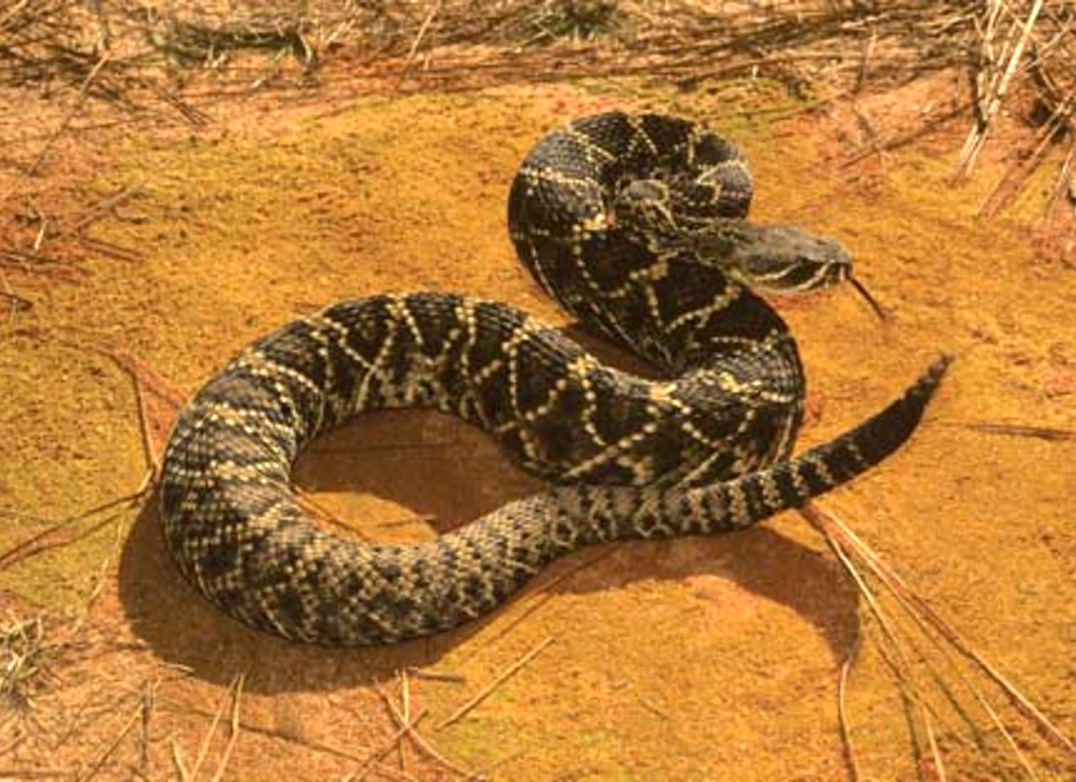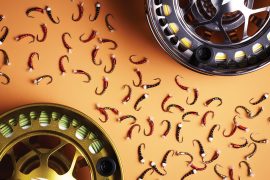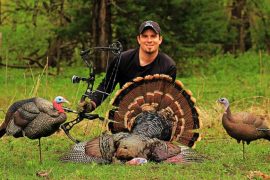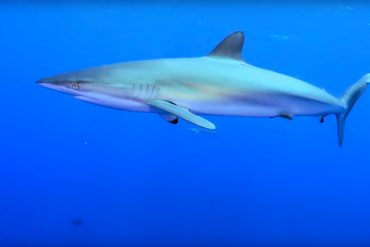
The sight or sound of a snake strikes fear in some folks, whether it’s in plain view or hidden amid leaves or brush by its incredible camouflage.
Of all the species of snakes in the United States, the venomous ones most hunters and land managers deal with on a regular basis are well-known: rattlesnake, moccasin and copperhead. In the Southeast, add the coral snake to that list.
According to the Centers for Disease Control, reports of snakebites are up by about 40 percent in Georgia this year. That’s based on a shorter, mild winter in the Southeast. Hibernating snakes emerge earlier when temperatures are more conducive to them seeking sun, warmth and food.
Being alert for snakes at all times in spring and summer (or winter, like in the Southeast) is critical to avoid the possibility of being bitten. The thing is, though, you may encounter them in your yard, at deer camp, rambling around while turkey hunting or getting the boat ready to go on the farm pond for an evening fishing trip.
Suggestions for dealing with snakes and minimizing encounters:
— Keep things clean around your home or deer camp by eliminating brush or vegetation and old piles of wood or trash. Obviously you’ll keep your yard mowed and, probably, flower beds trimmed. Do the same around your deer camp so you don’t run across Mr. No-Shoulders lurking in the weedy corner by the shed or camphouse.

— If you have a pond or constant water source and the ability to do so, clean around the edges with a Bush Hog or trimmer. Overgrown pond banks provide great hidey-holes for moccasins or rattlers. If you can’t clean it up, or don’t want to, keep your eyes open and…





